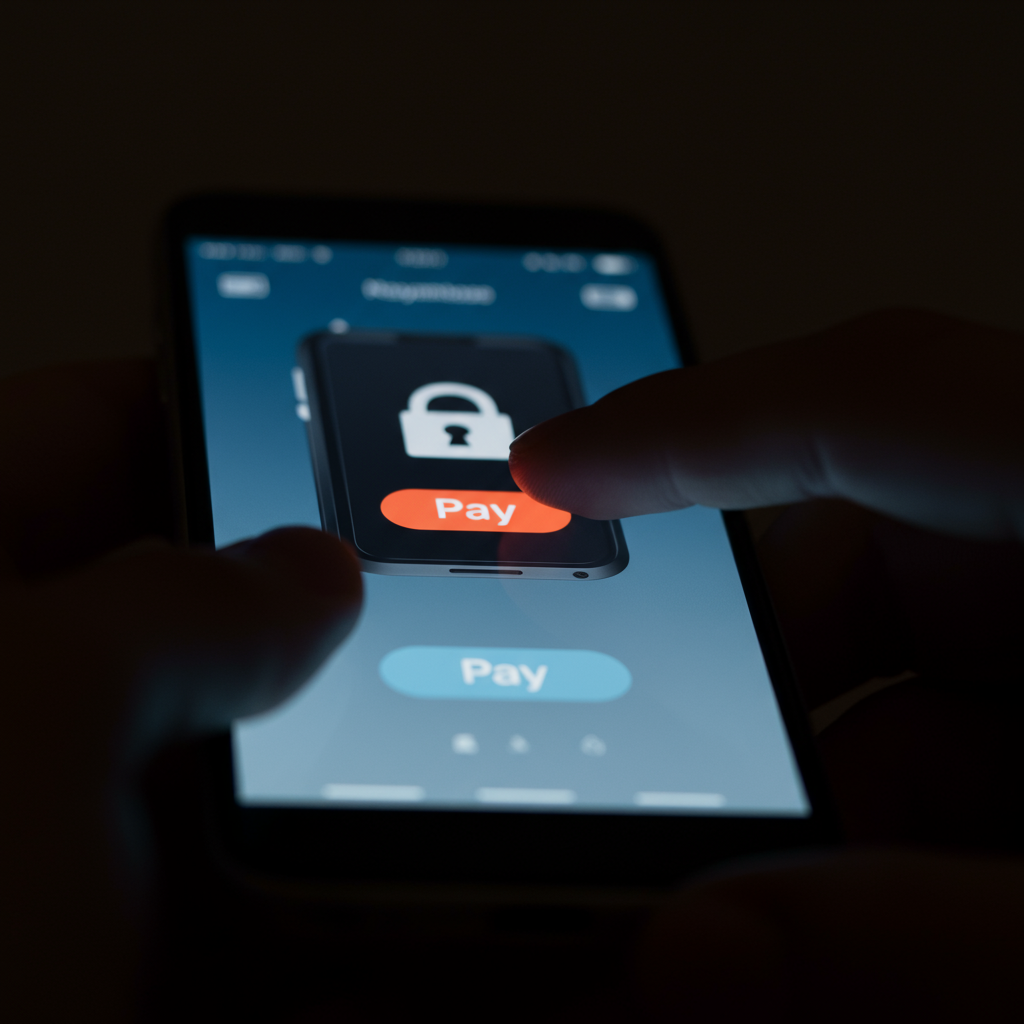
Table of Contents
Introduction
Credit cards have become an essential part of daily life, offering an unmatched level of convenience and flexibility when making purchases. From buying groceries to paying for services online, credit card payments are now ubiquitous, shaping the way consumers manage their finances and conduct transactions worldwide. Are you confident that you know all the ways to use your credit card effectively? Understanding the various payment methods and how they work is crucial not only for convenience but also for maintaining control over your spending and safeguarding your financial health.
The landscape of credit card payment methods continues to evolve rapidly, driven by technological advancements and increasing consumer demand for ease and security. As new options like mobile wallets, contactless payments, and automatic billing plans emerge, it’s easy to feel overwhelmed or unsure about which methods best suit your needs. Moreover, each payment method comes with its own advantages and potential limitations, ranging from convenience and speed to security considerations. Given this complexity, having a clear grasp of your available options empowers you to make smarter choices and avoid costly mistakes.
For many people, understanding how to read their credit card statements and the implications of different payment plans can significantly impact their financial well-being. If you’re new to managing credit cards or want to sharpen your skills, starting with a clear understanding of how to read a credit card statement is highly recommended. This knowledge helps you track spending, identify fraudulent transactions early, and avoid fees. Additionally, exploring popular credit card rewards programs can add value by letting you earn points, cashback, or travel perks on everyday purchases, turning spending into benefits.
Managing your credit card payments effectively also means knowing how to avoid common pitfalls, such as accruing unnecessary interest charges. By learning how to avoid credit card interest charges, you can save significant money and maintain better control over your finances. Furthermore, understanding credit card payment plans clarifies your options when it comes to paying balances in full, partial payments, or setting up installment plans. This knowledge leads to improved budgeting and financial planning.
What You’ll Learn in This Guide
This comprehensive guide will walk you through everything you need to know about credit card payment methods. Here’s what we’ll cover:
- Types of Payment Methods: We’ll explore the variety of payment options available, including physical card payments, online and mobile transactions, and recurring automatic payments. You’ll learn how each method works and which scenario fits best.
- How Payments Work: Understanding the behind-the-scenes authorization, settlement, and clearing processes is key to grasping how your payments are processed securely and efficiently.
- Pros and Cons of Each Method: We’ll delve into the advantages and potential drawbacks of different payment methods, focusing on convenience, security, fees, and rewards, helping you make balanced decisions.
- Security and Safety Tips: Protecting your financial information is paramount. We’ll share best practices for safeguarding your credit card data, recognizing fraud, and responding quickly to unauthorized activity.
As you progress through this guide, you’ll gain a clearer understanding of credit card payment methods and how to optimize your use for convenience and security. Whether you’re a first-time credit card user or looking to enhance your financial management skills, this guide is designed to boost your confidence and knowledge.
Next, we will break down each type of payment method in detail, explaining how physical cards differ from digital wallets, and the benefits of setting up recurring payments to streamline your bills. You’ll also learn about the critical authorization process and how transactions are securely verified and completed. By the end, you’ll be equipped with practical advice to choose the right method for each purchase you make.
Understanding these concepts deeply not only improves your day-to-day financial experience but also helps you avoid common pitfalls like confusing fees or security lapses. This article aims to equip you with clear, actionable information to empower your financial decisions now and in the future. So, let’s dive into the world of credit card payment methods and discover how to make them work best for you.

As we delve deeper into the comprehensive world of credit card payment methods, it becomes clear that these options have evolved beyond simple card swipes. The ways consumers can pay using credit cards now encompass physical, online, and automatic channels, each designed to offer convenience, flexibility, and security for modern financial transactions. Understanding the details behind these payment methods not only empowers users to make informed choices but also helps optimize their spending and protect their financial data. In the following discussion, we will explore the different types of credit card payment methods and how they function, providing a thorough look at the mechanisms that drive your everyday purchases.
Types of Credit Card Payment Methods
Credit card users today have access to a variety of payment methods tailored to different purchase scenarios. From traditional in-person transactions to innovative mobile wallets, the options have expanded to enhance user convenience and meet diverse spending needs. Physical card payments remain a staple, involving technologies like chip and PIN or contactless tap-to-pay that deliver quick and secure checkout experiences. Meanwhile, online and mobile payments have surged in popularity, especially with the rise of e-commerce and digital wallets that store card details safely to enable seamless purchases. Lastly, recurring and automatic payments simplify managing bills and subscriptions by automating monthly transactions, ensuring timely payments without hassle.
Each payment type offers distinct advantages and considerations. Physical card payments rely heavily on secure hardware and authentication to prevent fraud, whereas online methods emphasize encrypted environments and tokenization to protect cardholder data. Recurring payments focus on reliability and managing continuous charges with flexibility to modify or cancel easily. Consumers can benefit from understanding these options to select the methods that align best with their lifestyle and security preferences. To fully grasp this concept, it helps to understand credit card rewards programs first, as many payment methods interface with loyalty benefits and incentives.
Key Aspects of Credit Card Payment Methods
Breaking down credit card payment methods reveals several important aspects that determine how these transactions work and their suitability for different users:
- Physical Card Payments: These include chip and PIN transactions which provide enhanced security by generating unique codes per purchase, magnetic stripe swipes that are increasingly phased out due to security concerns, and contactless payments that offer speed and ease without compromising safety through tokenized data transfers.
- Online and Mobile Payments: These involve entering card details manually on trusted websites, using mobile wallets like Apple Pay and Google Pay that store encrypted card information for one-click transactions, and one-click or stored payment methods that expedite frequent purchases through saved credentials.
- Recurring and Automatic Payments: This method automates regular payments for utilities, subscriptions, and loan repayments. It offers convenience and helps avoid late fees but requires diligent monitoring to prevent unwanted charges or overspending.
- Security Protocols: Each payment method incorporates security layers like encryption, tokenization, multi-factor authentication, and fraud monitoring to protect users. Understanding these safeguards is crucial for safe credit card use across channels.
How Credit Card Payment Methods Work
The process behind credit card payments is complex yet streamlined to provide fast and reliable transaction completion. Once a payment option is selected, the authorization process verifies that the cardholder’s account is valid and has sufficient credit to cover the purchase. This is followed by settlement and clearing, where funds are transferred between banks and posted to accounts, finalizing the transaction. Knowledge of these steps provides transparency into the security and speed of credit card payments.
Authorizations typically happen within seconds but involve multiple entities including the merchant, card network, and issuing bank collaborating to authenticate and approve transactions. The settlement phase usually takes a day or two, and ensures the merchant receives payment. Online and mobile payments add certain layers such as token exchanges and secure gateways to reduce risk, while recurring payments involve scheduled authorizations and balances. For a detailed breakdown of this step, see our guide on credit card payment plans.
Important Considerations for Payment Processes
The following points highlight critical considerations within credit card payment processing:
- Authorization Process: This involves the transmission of encrypted card information from point-of-sale or online platform to payment processors followed by verification of card status and available credit by the issuer and card network. Prompt approval minimizes transaction disruptions.
- Settlement and Clearing: After authorization, the payment must be settled where the issuing bank debits the cardholder’s account and credits the merchant’s bank, with reconciliation ensuring accurate record-keeping and fraud checks. The posting of payments confirms the transaction officially on statements.
- Speed and Reliability: Payment systems are designed for near-instantaneous authorization with robust fail-safes and redundancy to maintain operation during peak loads or technical issues, ensuring smooth customer experiences.
- Compliance and Security Standards: Payment methods must comply with standards like PCI DSS and employ advanced fraud prevention tools, tokenization, and multi-factor authentication to safeguard user data and transactions.

Conclusion
Understanding credit card payment methods is essential in today’s fast-paced and technology-driven world. From traditional physical card payments using chip-and-PIN or magnetic stripes to the rapidly growing popularity of contactless tap-to-pay and mobile wallet options, users now have multiple choices to manage their transactions with ease. Each option brings distinct benefits, whether it’s speed, convenience, or enhanced security features like tokenization and two-factor authentication. This variety allows consumers to select payment methods tailored to their needs, preferences, and comfort levels, empowering more control over their financial activities.
The process behind credit card payments involves careful authorization, clearing, and settlement steps to ensure that transactions are both seamless and secure. The integration of encryption, fraud detection systems, and real-time alerts helps protect users from unauthorized access and identity theft. However, while digital payments offer speed and simplicity, it is crucial to remain vigilant about security practices. Whether you’re using a contactless card, entering details online, or setting up recurring payments, understanding the pros and cons of each method—including possible fees and rewards—can make a significant difference in optimizing your credit card usage.
To make the most of your credit card payment options, start by monitoring your spending closely and regularly reviewing your statements. For a clear understanding of your finances, learning how to read a credit card statement is vital. Additionally, consider setting up automatic or recurring payments to avoid late fees and maintain a positive credit history effortlessly. Choosing payment methods with strong security features is paramount, so prefer mobile wallets or online payments that use tokenization and two-factor verification for enhanced protection. If you encounter any discrepancies or unauthorized charges, promptly learn how to dispute credit card charges effectively to safeguard your accounts.
Ultimately, your choice of payment method will depend on the transaction type, security considerations, and convenience. Small in-store purchases may benefit from quick contactless payments, whereas online purchases might require secure manual entry or saved payment information for speed. Recurring bills benefit greatly from automatic payment setups, ensuring bills are paid on time without stress. For those looking to maximize benefits, exploring credit card rewards programs tied to specific payment methods can add valuable perks such as cashback, points, or travel benefits. For more detailed insights on managing your payments optimally, reviewing guides on avoiding interest charges and understanding payment plans is encouraged.
In conclusion, mastering credit card payment methods enhances your ability to transact with confidence, convenience, and security. The landscape continues to evolve, integrating new technologies and safeguards, making it more important than ever to stay informed. Armed with this knowledge, you’re better equipped to navigate the options efficiently, reduce risks, avoid costly errors, and enjoy a streamlined payment experience. Remember, financial control starts with choosing the right tools for your situation and staying proactive about monitoring and protecting your accounts. For ongoing learning, explore further resources and guides to keep sharp on credit card management best practices and trends.
Frequently Asked Questions
-
What are the most secure credit card payment methods?
- Contactless payments with tokenization and verified mobile wallets offer high security by protecting your actual card information during transactions.
-
Can I set up automatic payments with my credit card?
- Yes, most banks and service providers support recurring and automatic payments, which help avoid late fees and keep accounts in good standing.
-
What should I do if my credit card payment is declined?
- Contact your bank immediately to check for issues such as credit limits, fraud alerts, or technical errors to resolve payment failures promptly.
